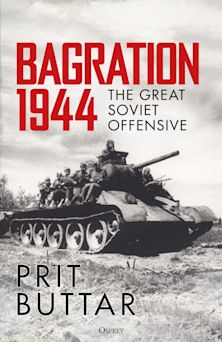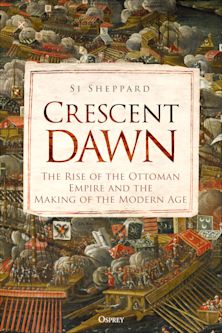- Home
- ACADEMIC
- History
- Second World War
- British Army Communications in the Second World War
British Army Communications in the Second World War
Lifting the Fog of Battle
British Army Communications in the Second World War
Lifting the Fog of Battle
This product is usually dispatched within 3 days
- Delivery and returns info
-
Free CA delivery on orders $40 or over
You must sign in to add this item to your wishlist. Please sign in or create an account
Description
Command, Control, Communications and Intelligence form the backbone of the Army's operating system. But while much attention has been given in the literature to the other three elements, Communications in the British Army during World War II have been widely ignored. This book rectifies the omission. It shows that failures in front line communications contributed to several of the set backs suffered by the Army but also that ultimate victory was only achieved after a successful communications system was in place. It explains how the outcome of the main campaigns in Europe and North Africa depended on communications, how the system operated and how it evolved from a relatively primitive and inadequately supplied state at Dunkirk to a generally effective system at the time of the Rhine crossings. Problems still occurred however, for example at infantry platoon level and famously with paratrooper communications at Arnhem, often simply due to the shortcomings of existing technology. The book concludes that it is only very recently that advances in technology have allowed those problems to be solved.
Table of Contents
Product details

| Published | Nov 20 2014 |
|---|---|
| Format | Paperback |
| Edition | 1st |
| Extent | 302 |
| ISBN | 9781472591333 |
| Imprint | Bloomsbury Academic |
| Dimensions | 234 x 156 mm |
| Series | Birmingham War Studies |
| Publisher | Bloomsbury Publishing |
About the contributors
Reviews
-
[A] splendid book . . . Simon Godfrey has given us a thorough explanation of the work of the British Army's communicators during the Second World War.
Jim Beach, Journal for the Society for Army Research 92


































